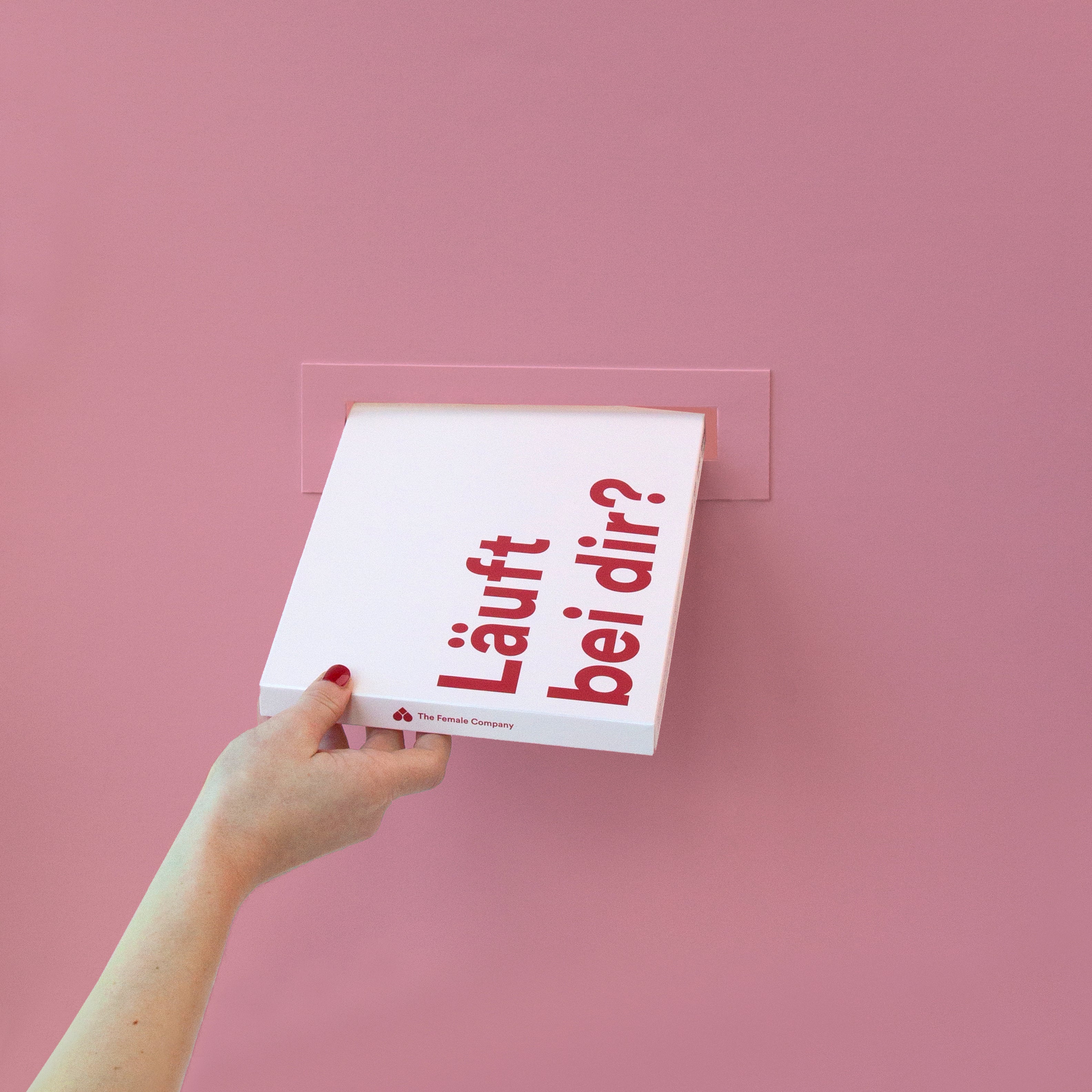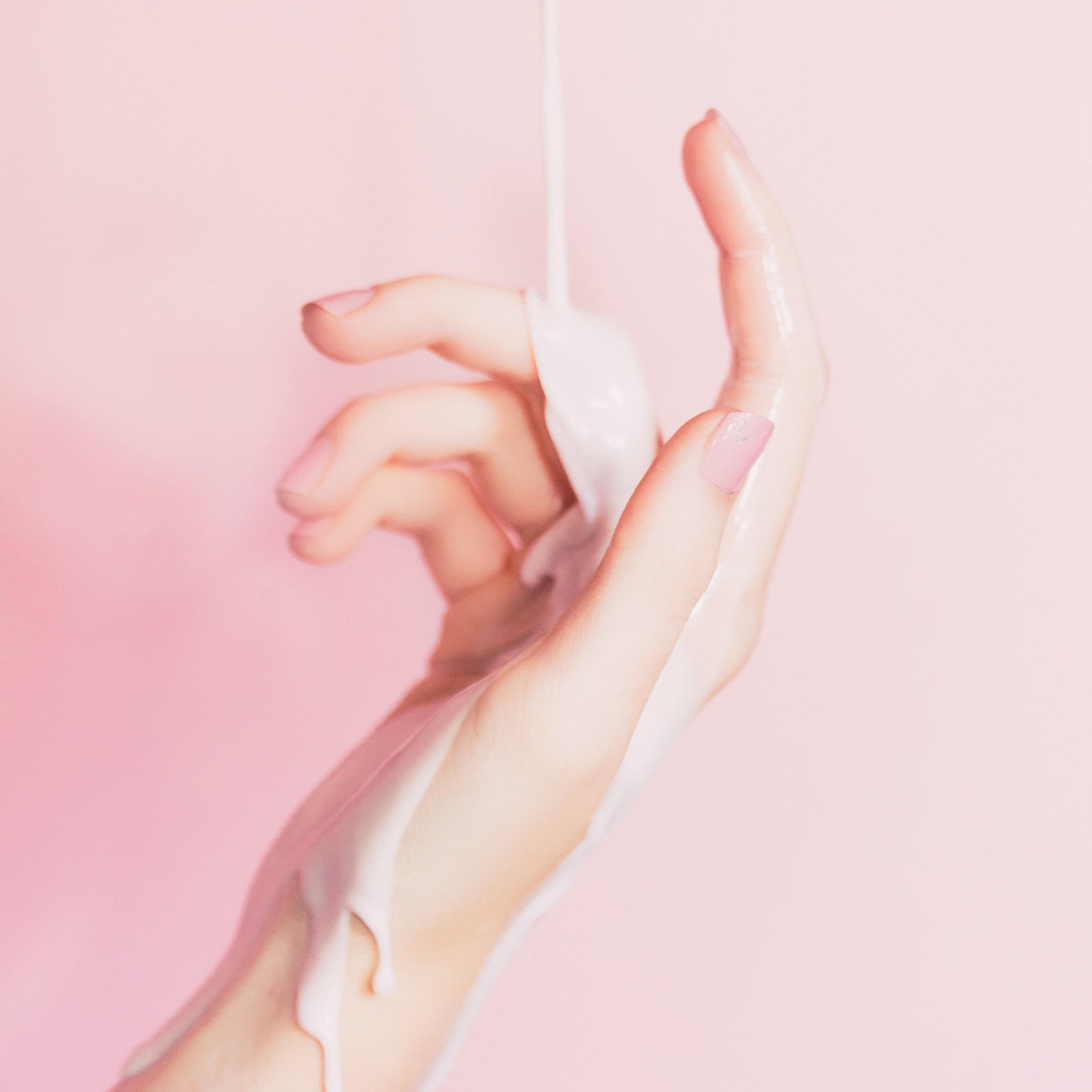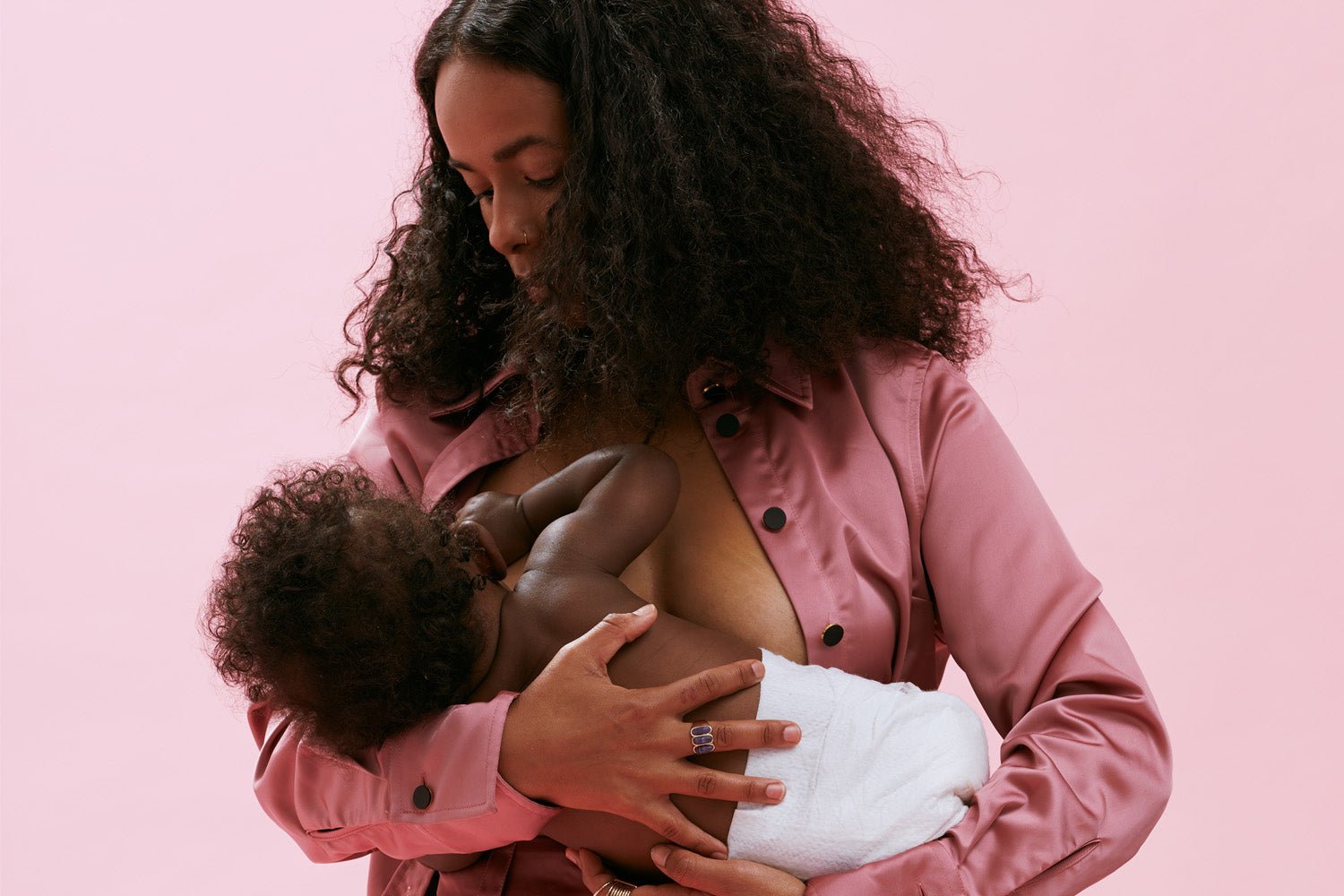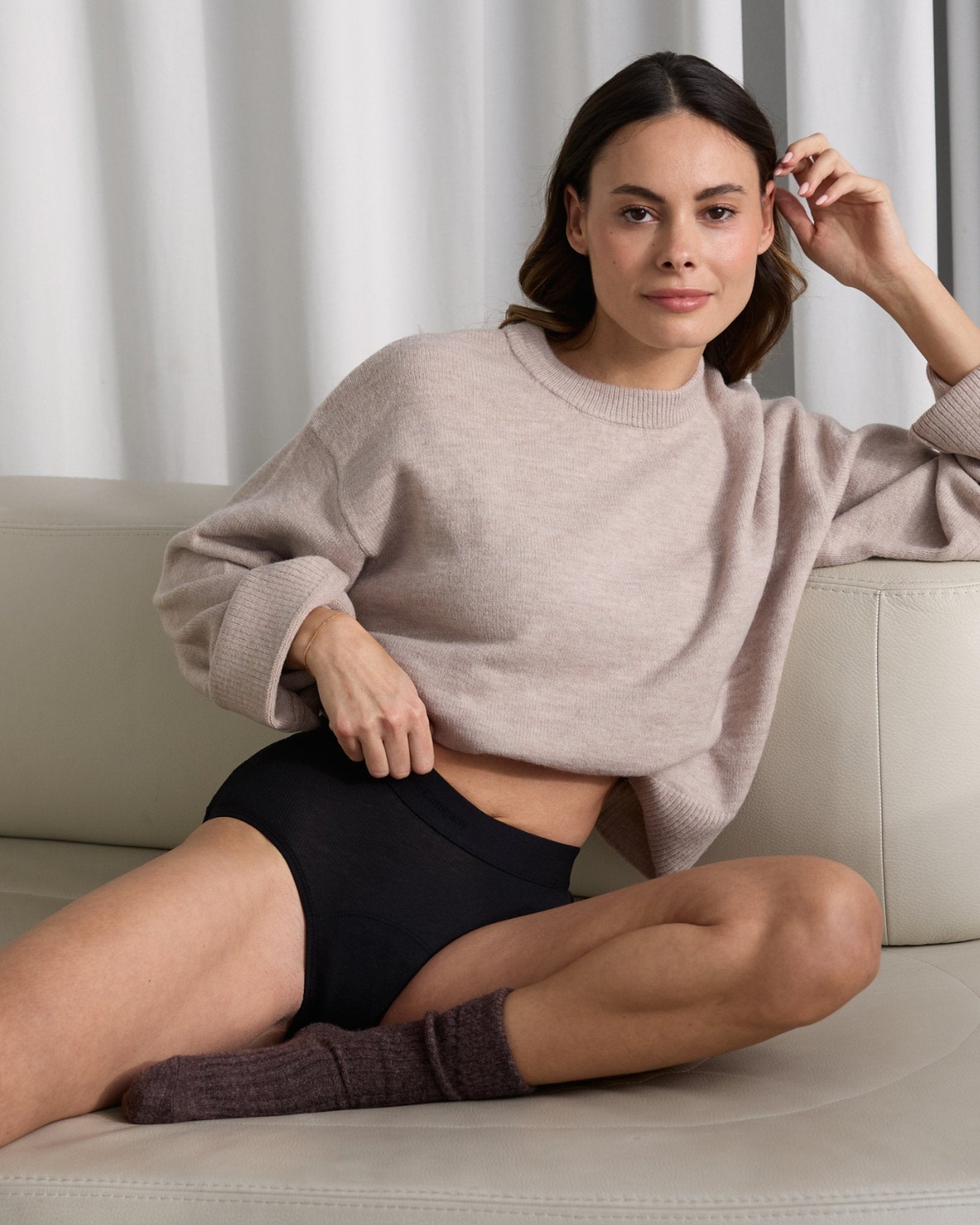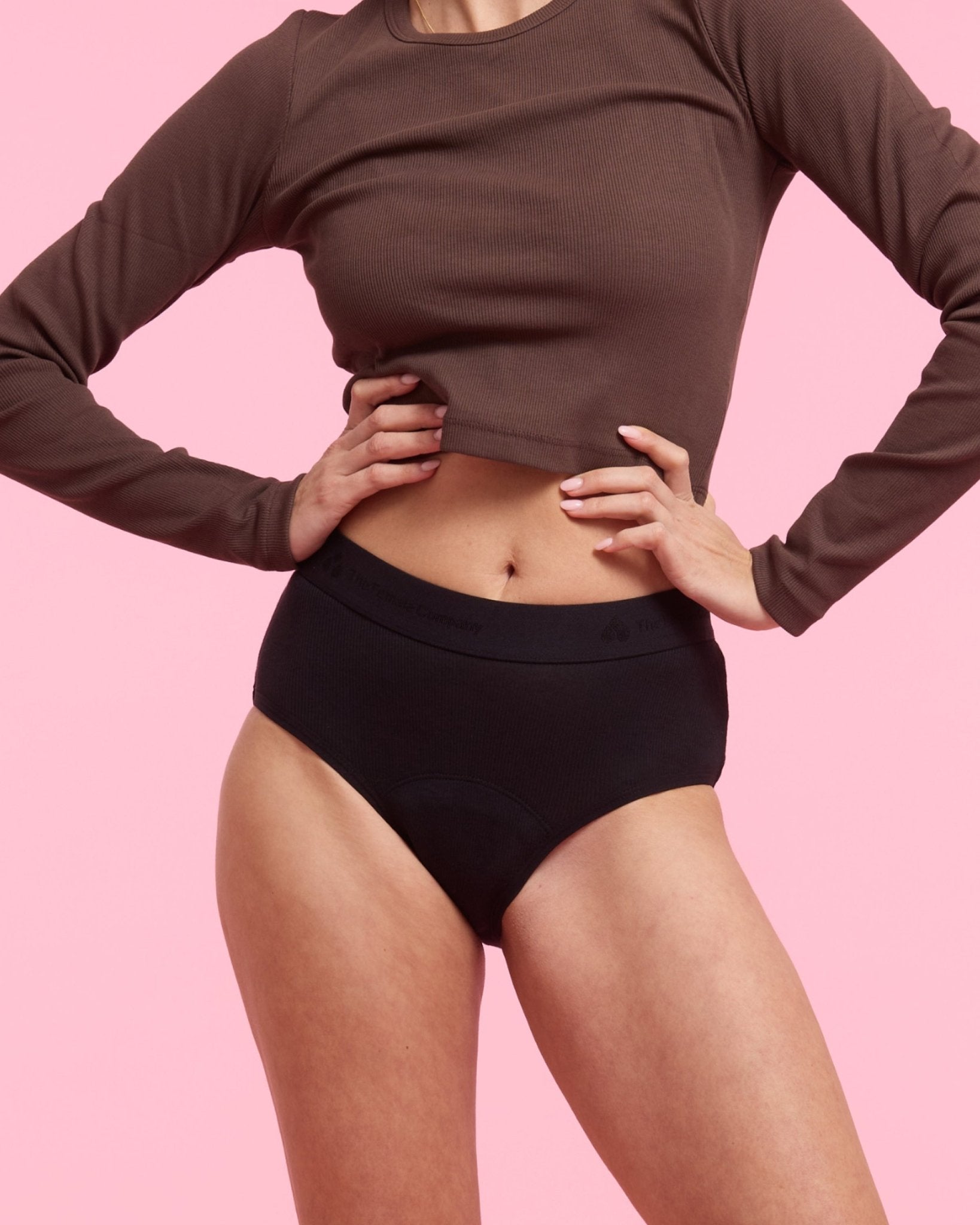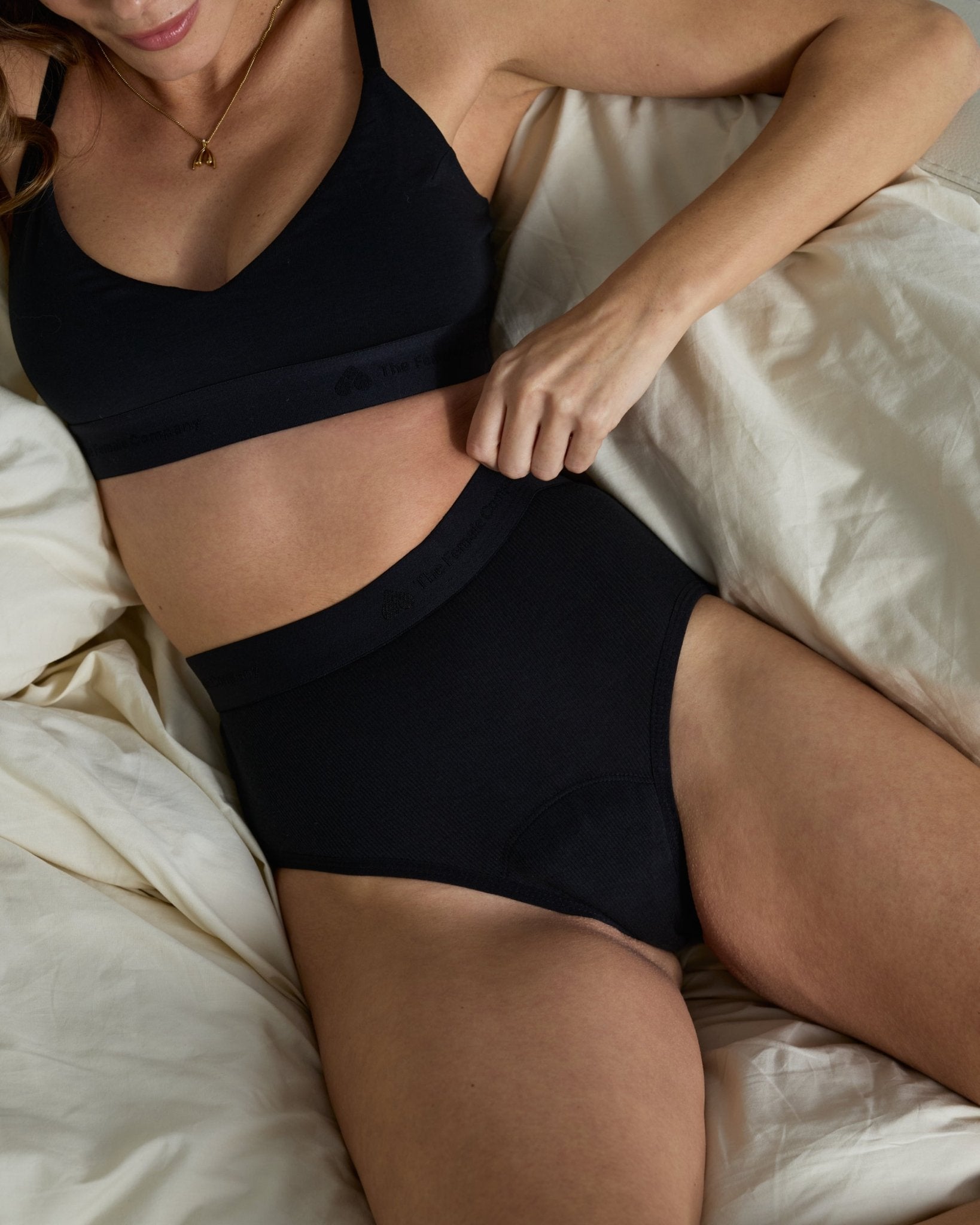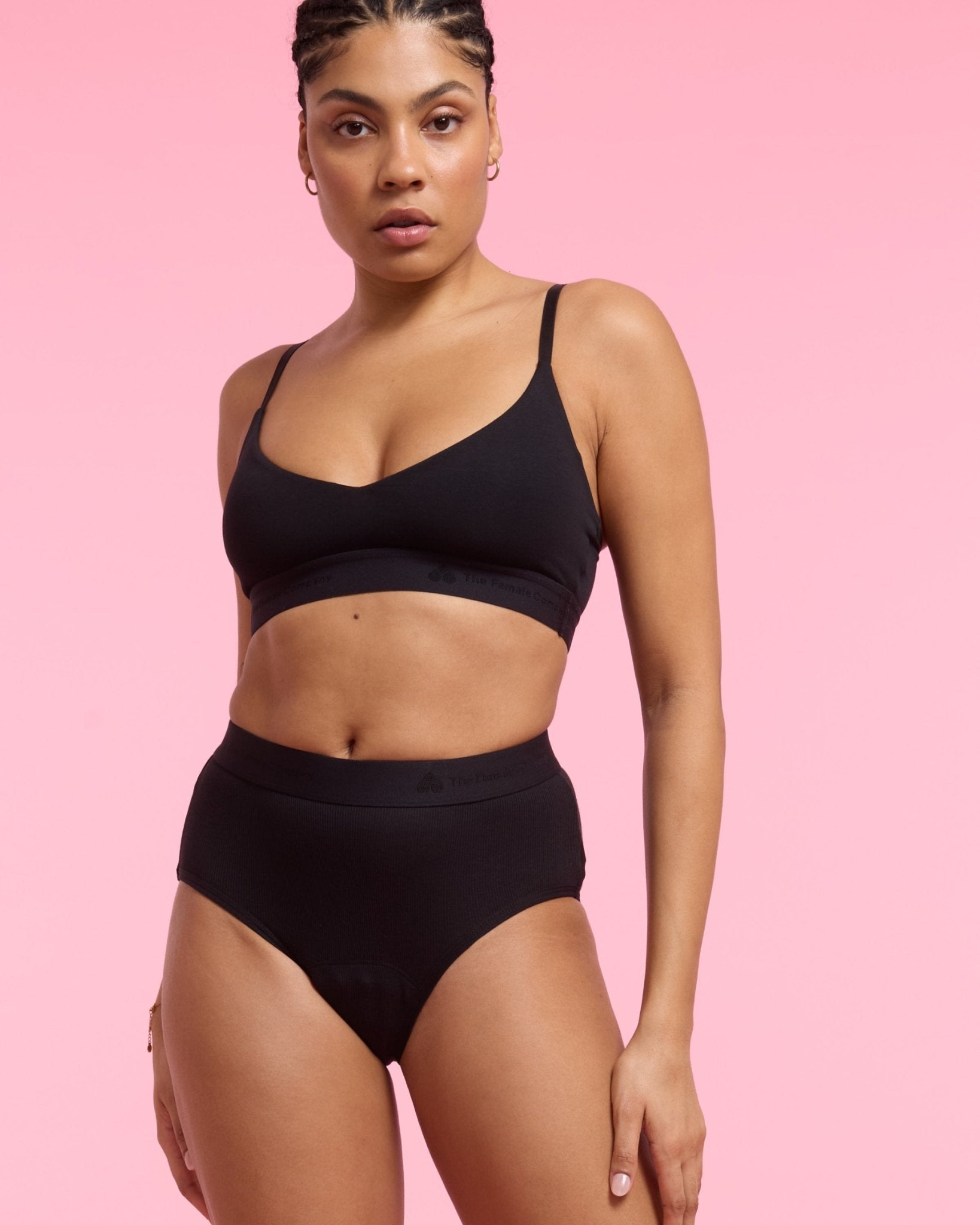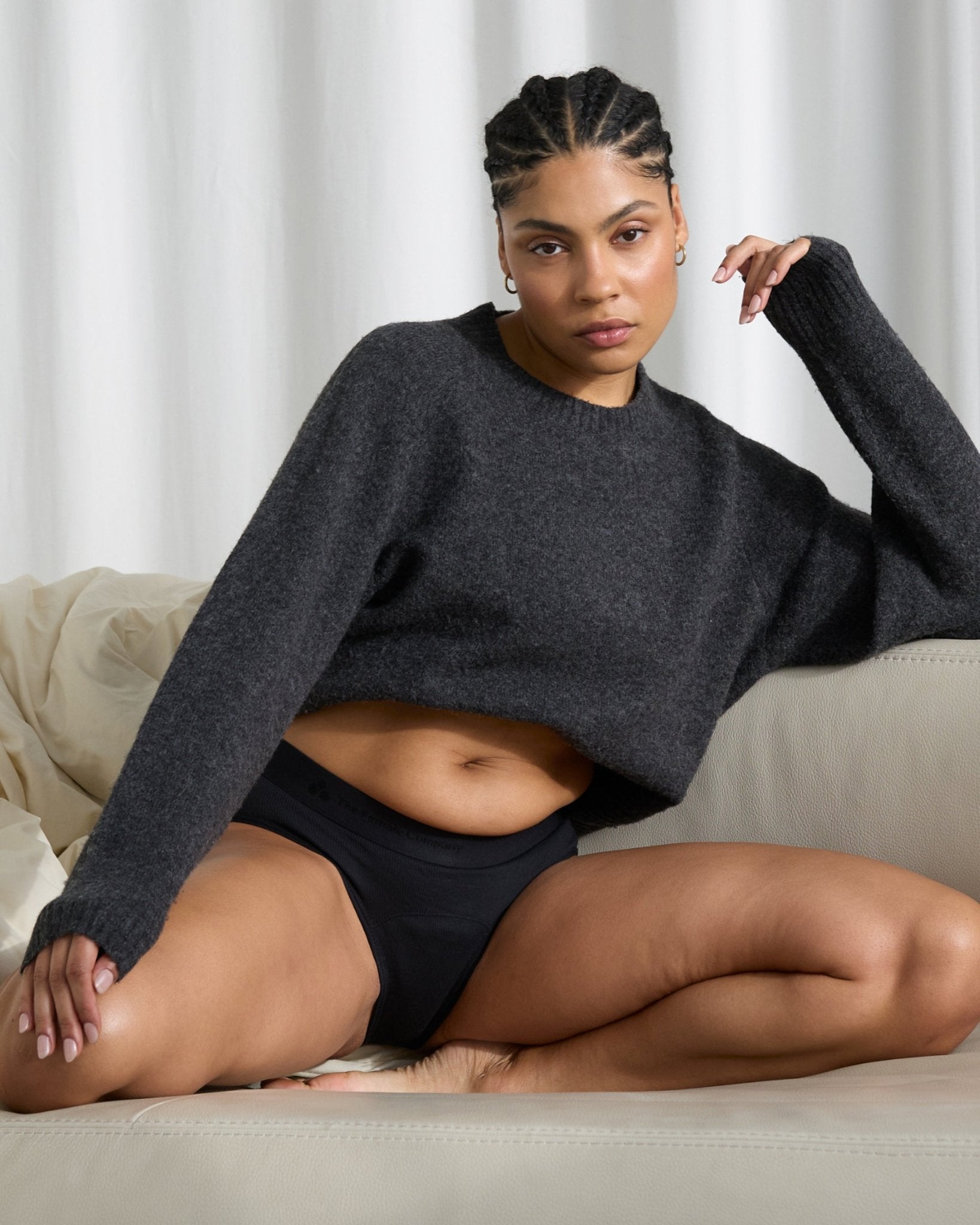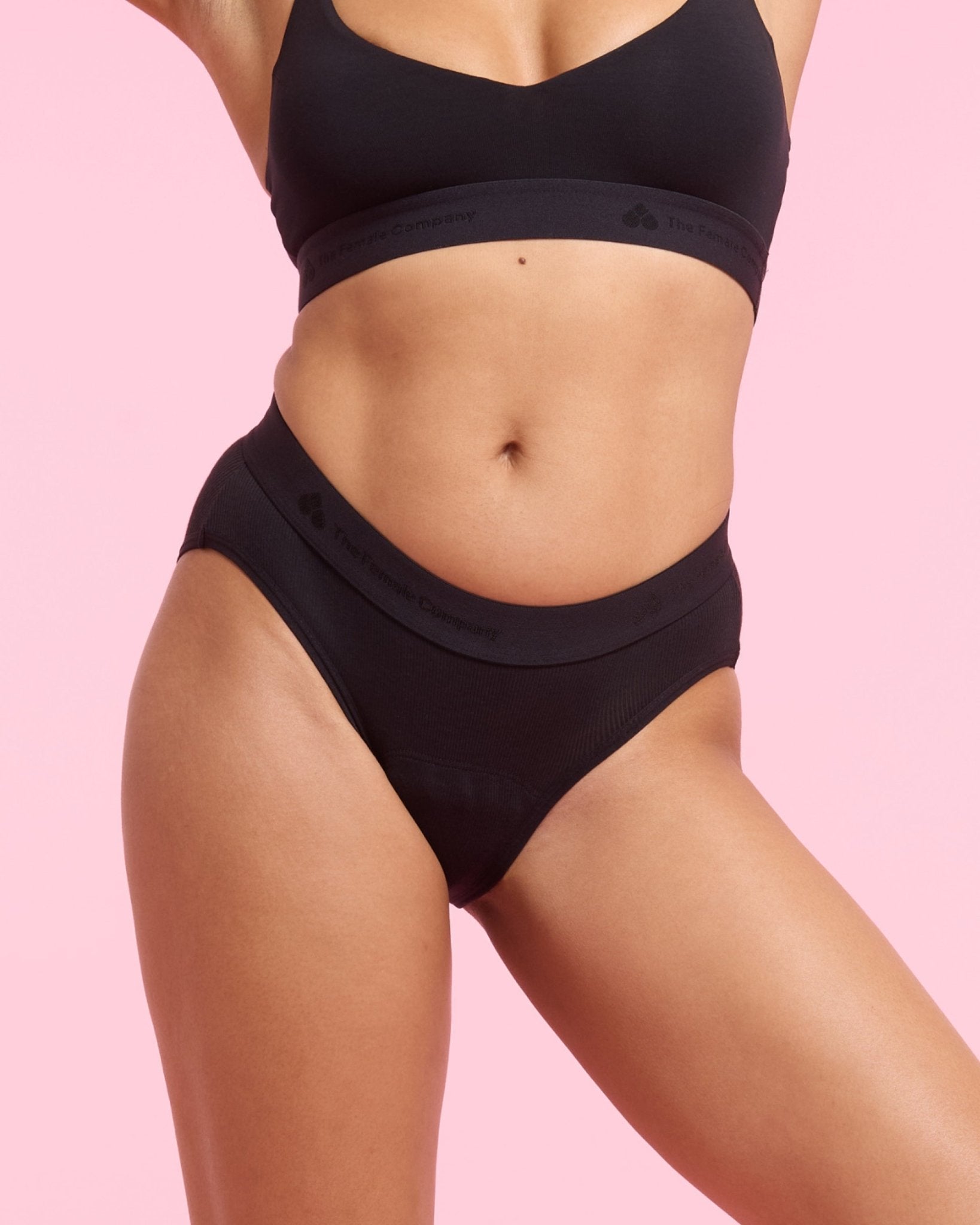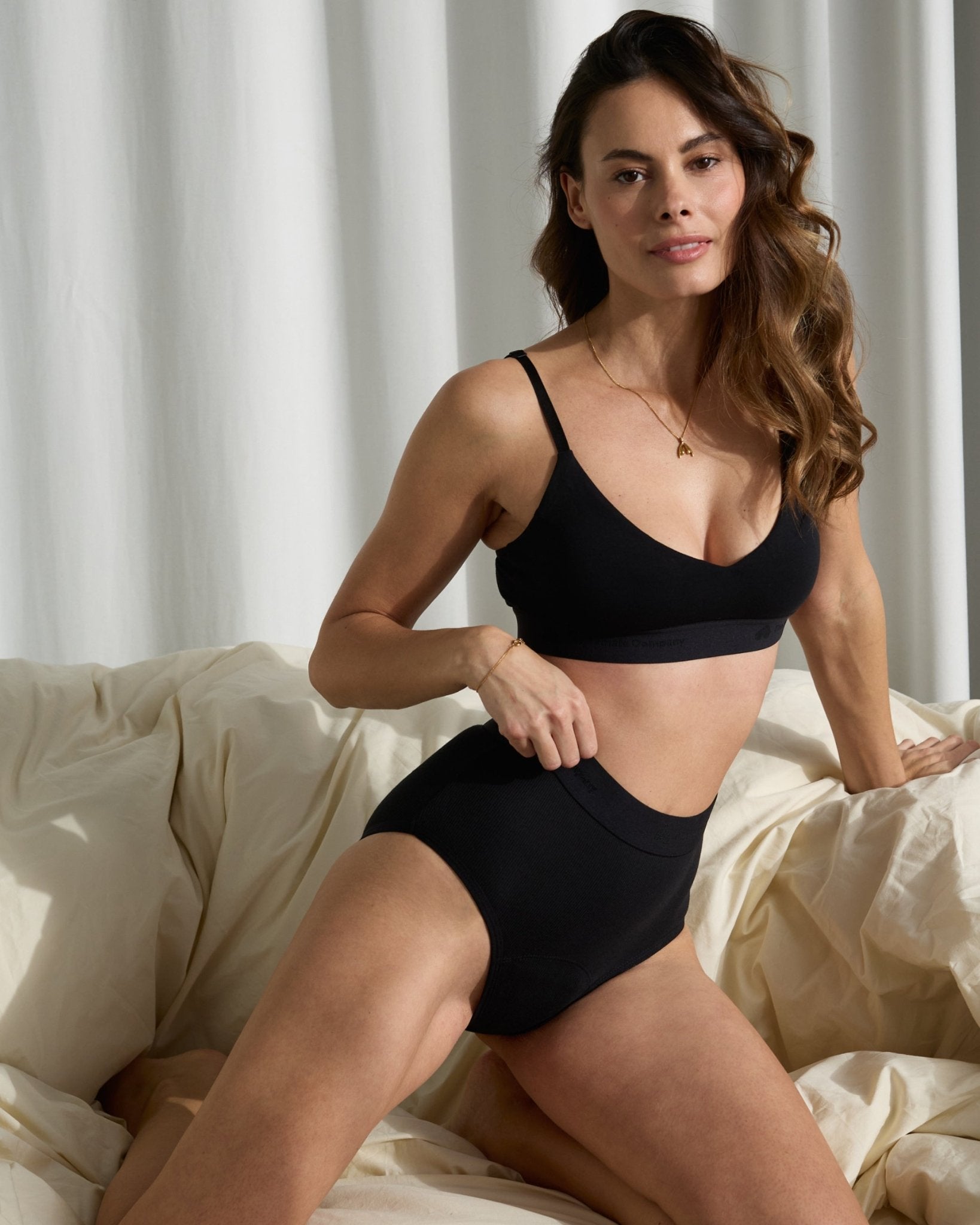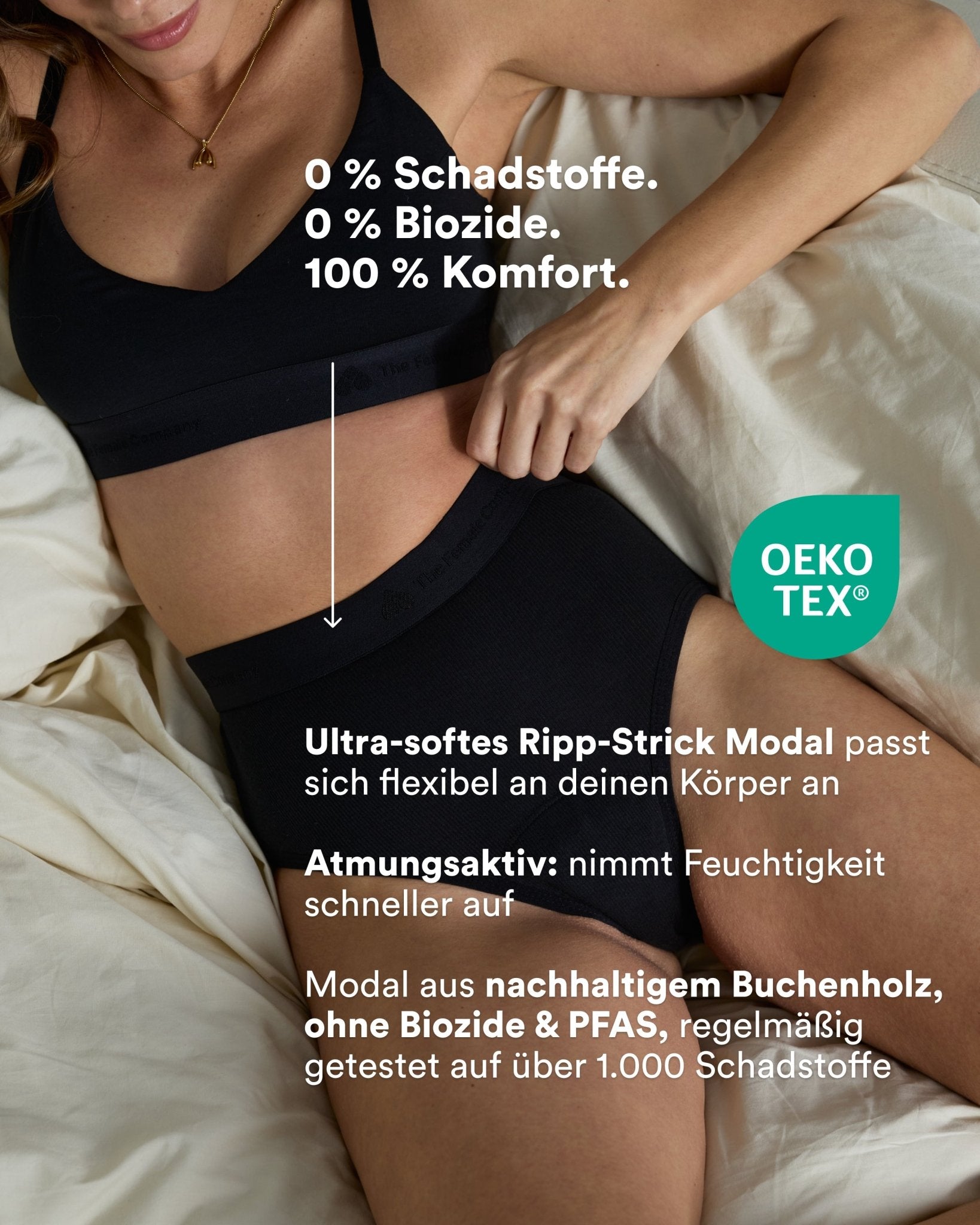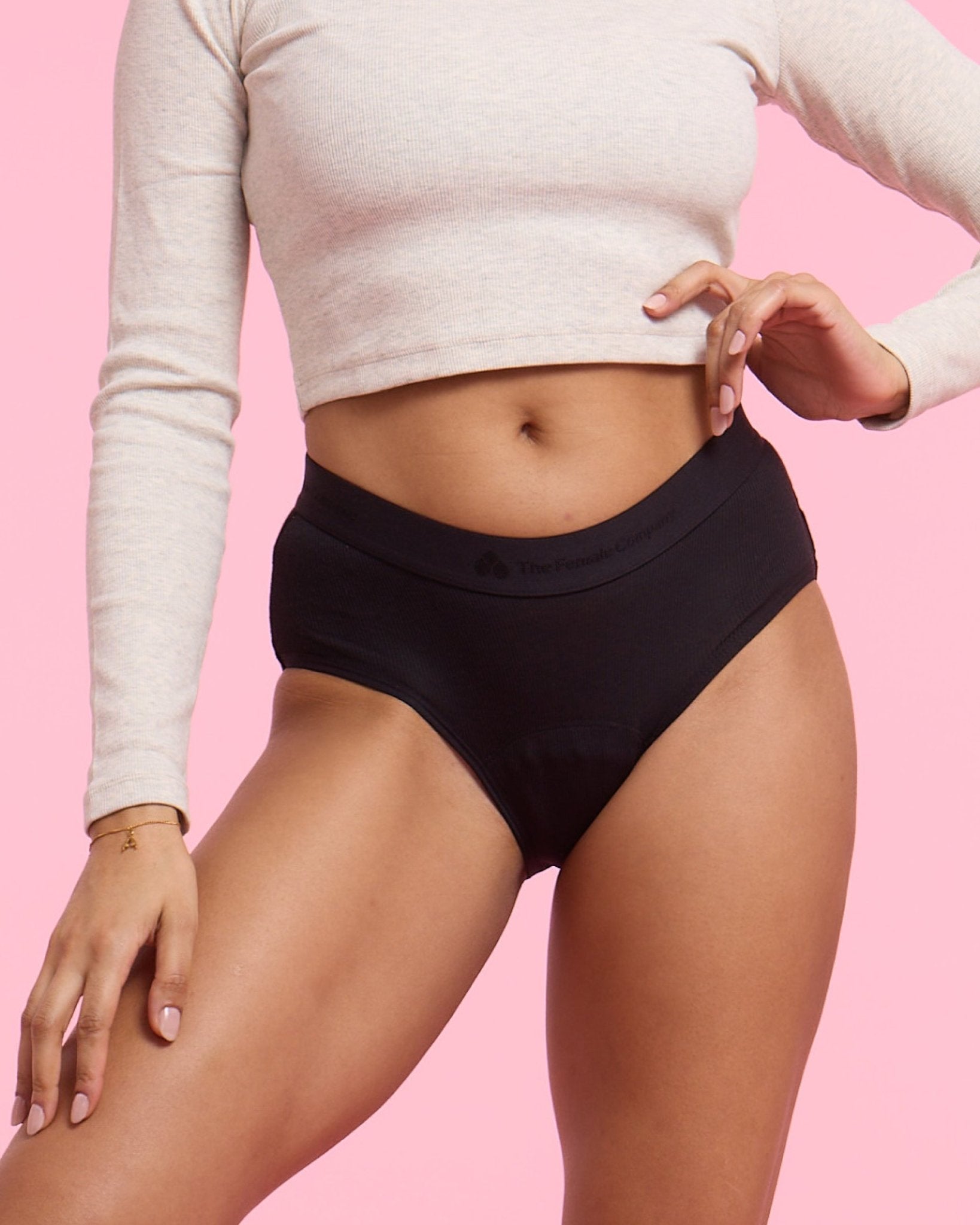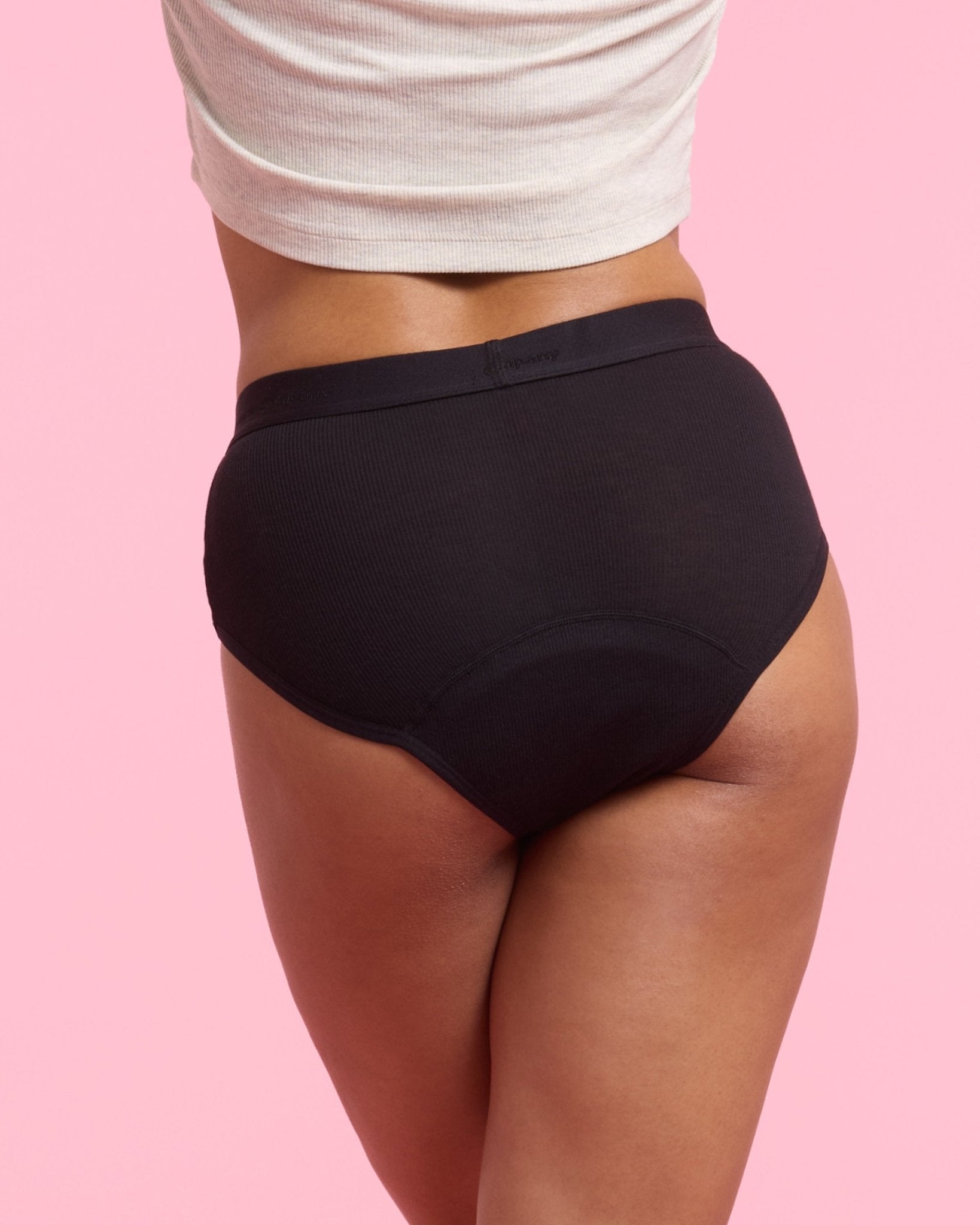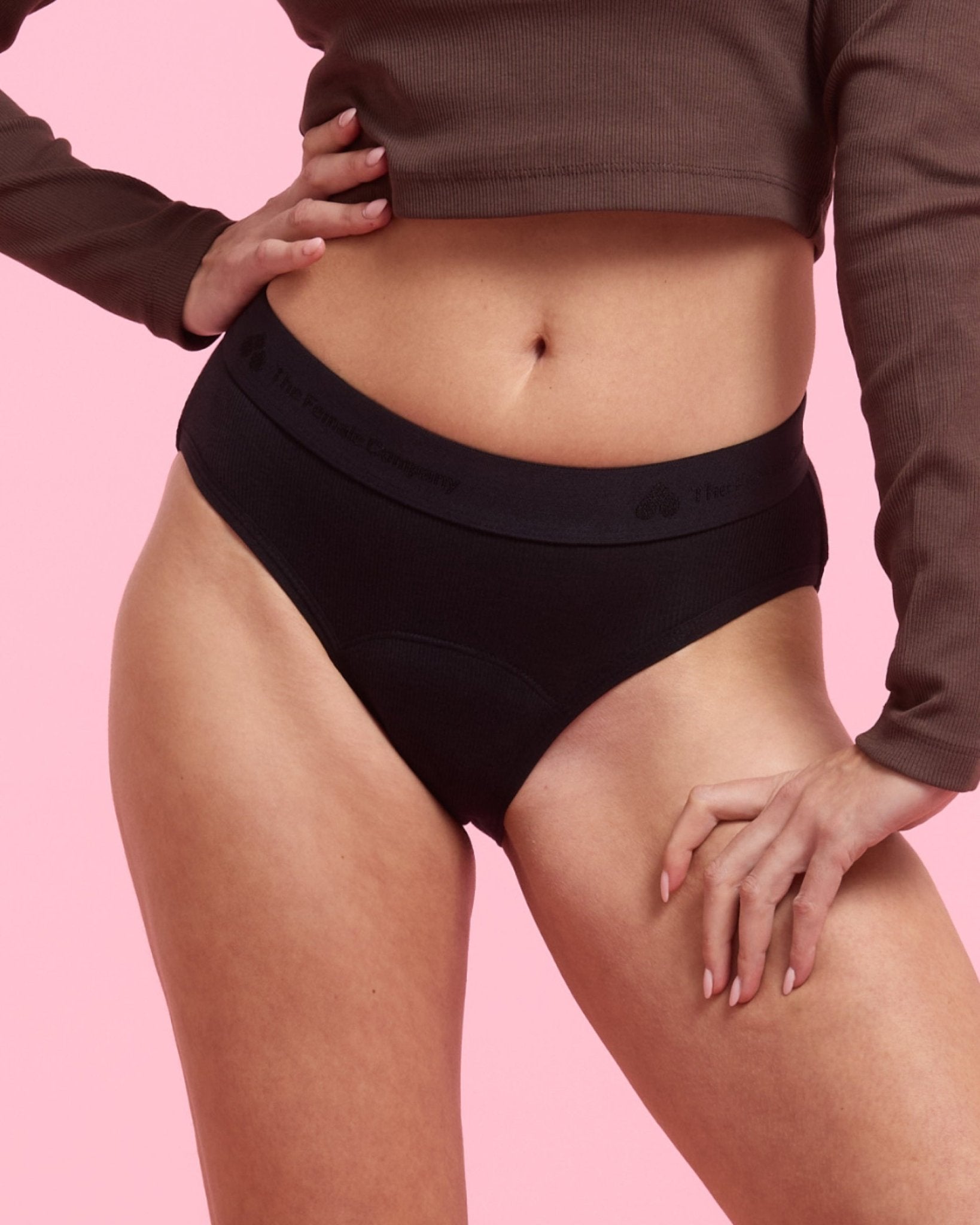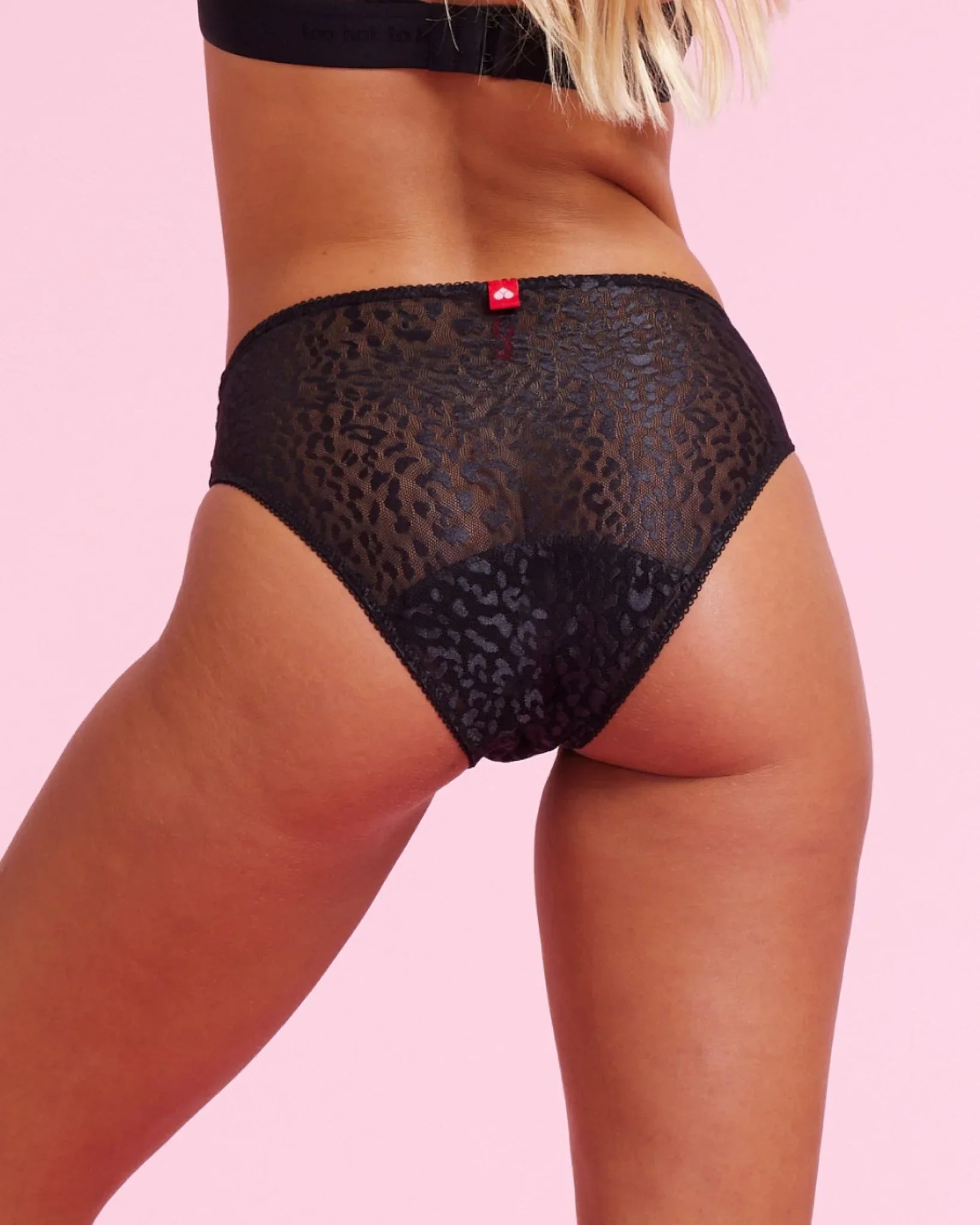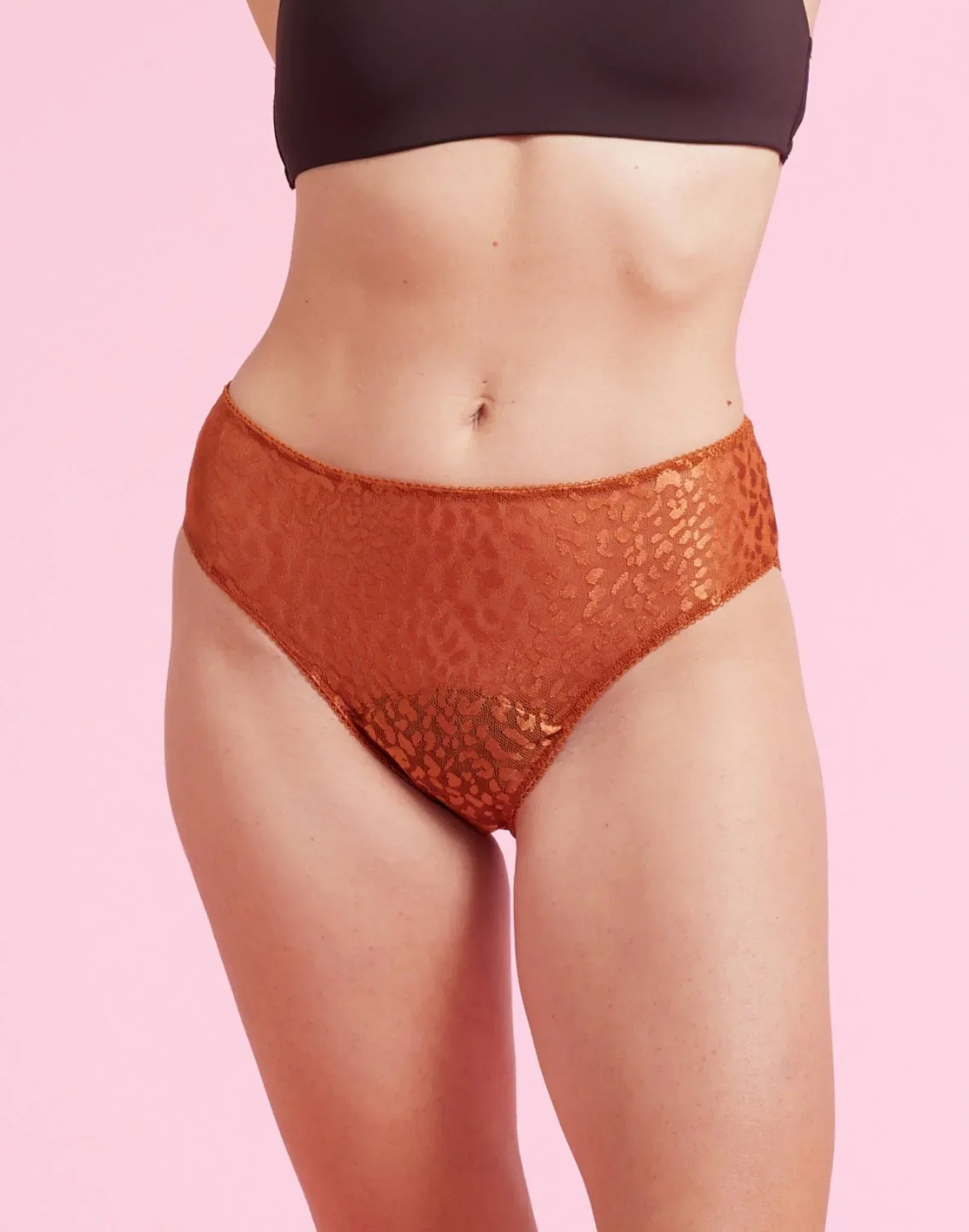Breastfeeding is one of the most beautiful experiences for many mums. But as magical as it is to form this intimate bond with your baby, it's not always easy. Especially when the nipples suddenly hurt, the beautiful moment quickly turns into a challenge. You're not alone! Many new mums experience sore or painful nipples while breastfeeding. But don't worry, there are ways to alleviate this discomfort and still have an enjoyable breastfeeding experience.
This article explains why sore nipples can occur, what you can do about them and when it's time to seek professional help.
Empowering Motherhood
We got you. From pregnancy and postpartum to breastfeeding.

Table of contents
Contents
1. What are sore nipples and why do they occur?

Sore nipples are a common problem for breastfeeding mums, especially in the first few weeks. During this time, your nipples are particularly sensitive. This usually manifests itself in redness, dryness, crusting or even bloody cracks (ouch!).
But why is that? Whilst breastfeeding may be natural and instinctive, it's still a whole new experience for your body - and your little one. The frequent contact and nipple sucking can cause irritation, sometimes compounded by other factors such as moisture or unfavourable positions.
It's important to understand that breastfeeding shouldn't hurt, but a little discomfort at the beginning is perfectly normal, especially in the first few days when your body is getting used to it.
2. The most common causes of sore nipples and what helps
Small changes or a better understanding of why pain occurs can already make a big difference. Here are the most common causes and suitable solutions for sore nipples:
1. Incorrect latch technique
A correct latch is key number one to avoid pain. Factors such as the angle at which your baby feeds or how much breast tissue your baby has in their mouth can cause sore nipples. This means more friction and pain.
Tips for a correct latch
- Breastfeeding support: Ideally, your midwife or a lactation consultant can show you the best breastfeeding positions, whether sitting or lying down. This can help prevent sore nipples.
- Tummy to tummy: Your baby’s tummy should ideally be facing you completely.
- Mouthful of breast: Your baby should take in a good amount of breast tissue. While sucking, your baby's nose should touch your breast and their lips should be flanged outward.
- Detachment technique: Ideally, your baby should finish the feed themselves, as abrupt removal can cause small cracks in the nipple. A good tip is to break the suction with your little finger before removing your baby from the breast.
2. Too much friction
Sometimes, the fabric of your bra or constant moisture from leaking breast milk can cause friction. This puts extra strain on the sensitive skin of your nipples.
Help:
- Highly absorbent breast pads
- The right nursing bra
3. Physiological causes
Some babies are born with a shortened lip frenulum, which can make it difficult for them to generate enough suction. Likewise, the shape of your nipples – such as flat nipples (which protrude only slightly) or inverted nipples (which turn inwards) – can make breastfeeding more challenging.
- Tongue/lip tie test: You can test this by checking if your baby’s tongue, when their mouth is open, reaches past the lower lip. If not, or if the tongue appears heart-shaped, it’s advisable to consult your midwife or a lactation consultant about possible treatments.
- Breastfeeding support: Ideally, your midwife or a lactation consultant can show you the best positions for your specific nipple shape.
- Hypo- or hyperlactation: Too little or too much milk production can lead to discomfort and sore nipples. Here you can find more information and tips on hyperlactation. In either case, be sure to consult your midwife.
Sometimes, the fabric of your bra or constant moisture from leaking breast milk can cause friction. This puts extra strain on the sensitive skin of your nipples.
4. Nipple care
Breastfeeding and frequent cleaning of the breast can dry out and irritate the skin, increasing the risk of small cracks.
Help:
- Use especially gentle soap, ointments and detergents. Strongly perfumed products can also further irritate your nipples.
- Pay attention to proper hand hygiene
5. Infections
Sometimes, there’s more to it, such as a fungal infection (oral thrush in the baby) or a bacterial infection, which can cause pain and redness.
There are even more reasons for sore nipples while breastfeeding. No matter what the cause is, there’s always a solution.
3. Promoting healing and relieving pain
Here are the best tips for treating sore nipples and helping them heal quickly.
1. Wound cleansing
Fast and proper wound cleansing is essential for good healing. You can cleanse your sore nipples with a physiological saline solution – this helps clean and heal. Gentle and regular cleansing with pH-neutral soap and warm water is also important.
2. Moisturise
Care is everything! Breast pads and lanolin nipple creams are real lifesavers. They provide moisture, promote healing and protect sensitive skin from external influences. The lanolin cream should be specially purified to prevent skin irritation and allergies.
3. Cool and Soothe
Have you ever tried cooling pads? You can apply them directly to sore nipples for instant relief and to support the healing process.
4. Breast milk to the rescue
Your breast milk is full of natural antibodies and healing properties. Simply let a drop dry directly on your nipple. Important: don’t rub it in with your fingers—this can introduce germs.
5. Avoid pressure
Sometimes, nature just needs a bit of time. Wear loose clothing and let your breasts air dry. Avoid additional pressure to ensure proper blood flow for optimal healing. Look for a well-fitting nursing bra and/or use something like the Wiener Breast Donut. It prevents your nipple from getting bent in your bra, ensuring proper circulation. Goodbye, sore nipples!
6. Pain relief
If the pain gets too intense, gentle painkillers or soothing gels (always check with your doctor first) may help.
4. Breastfeeding through pain? Adjustments that can help
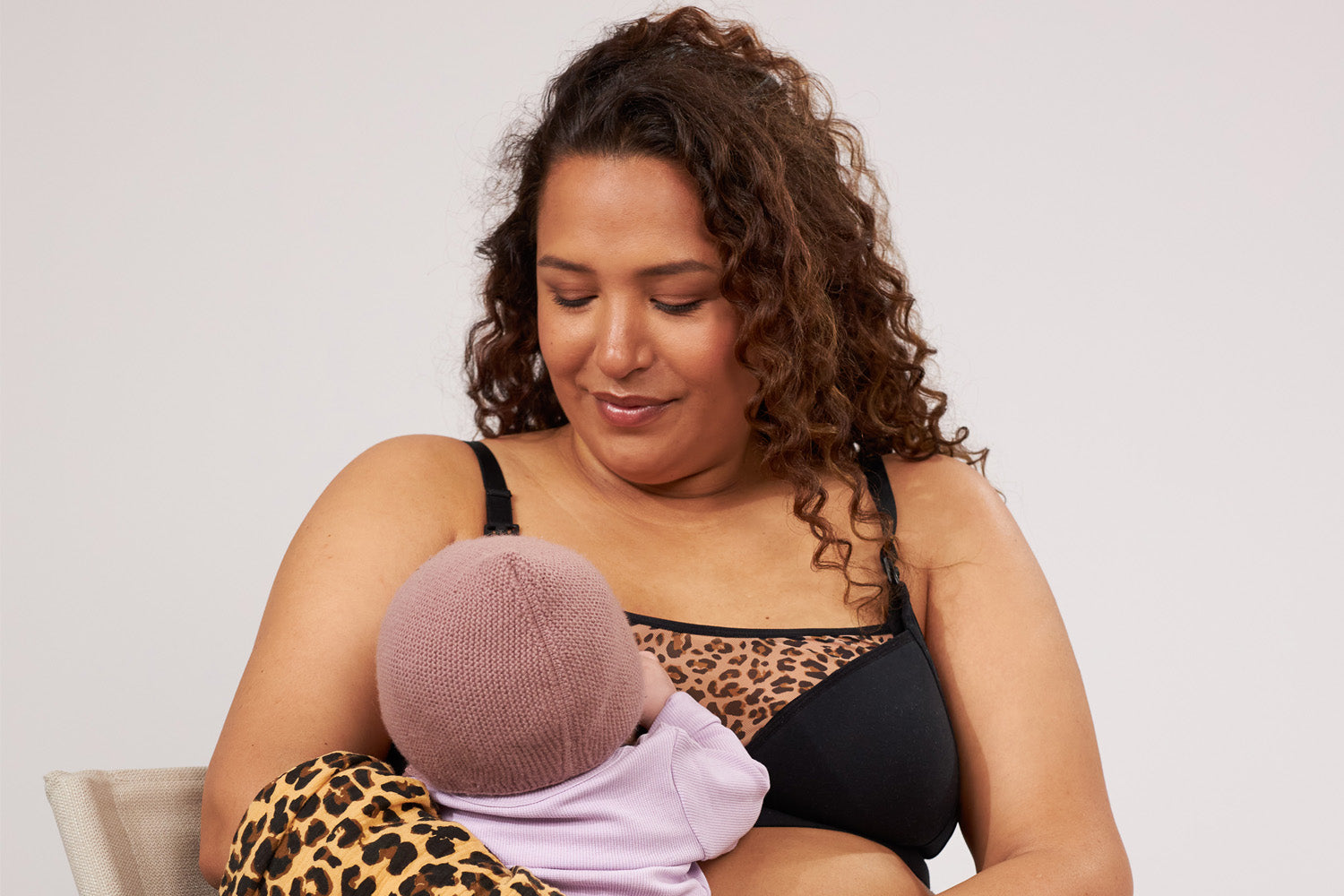
While your body is healing, you don’t necessarily have to stop breastfeeding completely. Here are a few ways to make things more manageable:
-
Change position: Each breastfeeding position puts different pressure on your nipples. Try nursing while lying on your side to shift the pressure points.
-
Use nipple shields: These small tools protect your nipples without interrupting milk flow. Some babies may be confused and nurse less effectively—your midwife can help you decide if it’s right for you.
-
Pumping as an alternative: If breastfeeding is too painful, consider using an electric breast pump to feed your baby with expressed milk. Make sure the flange is the correct size to avoid excessive suction. You can also apply lanolin cream beforehand to make pumping more comfortable and protect your nipples.
Most importantly, always prioritize your own well-being.
5. When to seek help
A little pain is unfortunately normal in the beginning—but if it doesn’t improve or you experience bleeding, severe rash, or fever, seek professional help. Here are a few good places to start:
-
Lactation consultants: Many midwives are specially trained to help with latching and resolving breastfeeding issues.
-
Medical professionals: Sometimes, a doctor’s visit is necessary, especially if there are signs of infection.
Don’t hesitate to ask for help—there’s no reason to suffer in silence!
6. You're not alone – pain-free breastfeeding is possible
Breastfeeding should be a joyful experience—not a painful one. There are solutions! From care products and cooling pads to the right support system, you can relieve pain and get back to enjoying life WITHOUT sore nipples.
